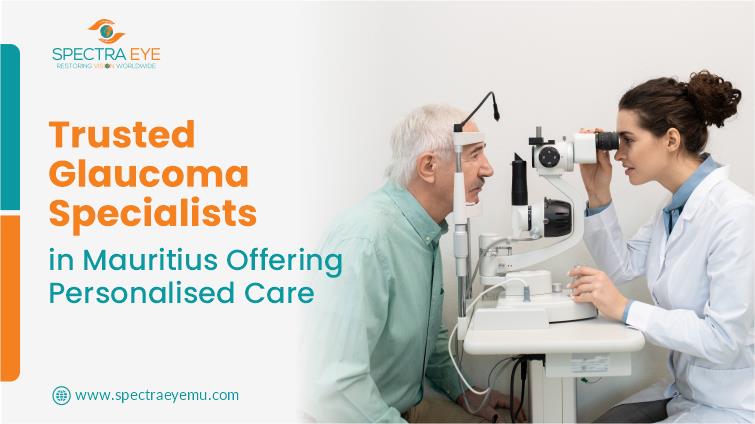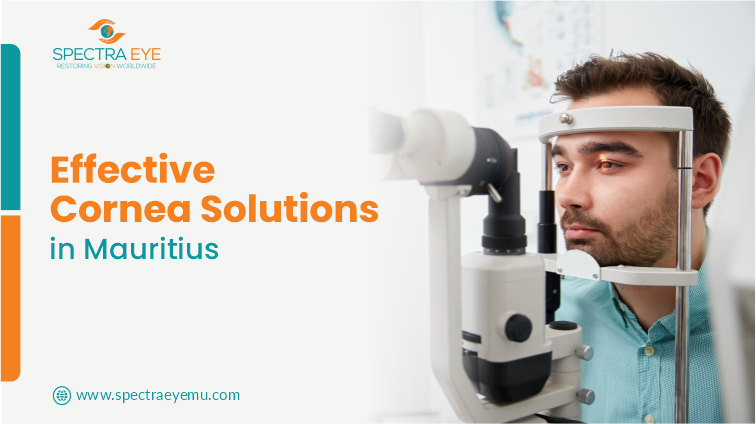Blogs

Common Myths and Misconceptions about Cataract Surgery
Cataract surgery is a procedure that is performed to remove the cloudiness of the eye's natural lens. It is a common surgery and a highly effective treatment for people with cataracts. Despite its effectiveness, there are several myths and misconceptions about cataract surgery that prevent many people from undergoing this life-changing procedure. In this article, we will debunk some of the most common myths and misconceptions about cataract surgery.
Introduction
Cataract surgery is one of the most common & popular surgeries in the world, and it is estimated that more than 3 million Americans undergo cataract surgery every year. Despite its popularity, there are still many myths and misconceptions about this procedure that prevent some people from considering it as a viable treatment option for their cataracts. In this article, we will address and debunk some of the most common myths and misconceptions about cataract surgery.
What are Cataracts?
Before we delve into the myths and misconceptions about , cataract surgery let's first define what cataracts are. Cataracts are a clouding of the eye's natural lens that can cause vision loss. They usually develop slowly over time and can affect one or both eyes. Some common symptoms of cataracts include blurry or cloudy vision, sensitivity to light, and difficulty seeing at night.
Myth: Cataracts Only Affect Older People
While cataracts are more common in older adults, they can develop at any age. In fact, some infants are born with cataracts, and young adults can develop them due to injury, medication use, or underlying health conditions such as diabetes. Cataracts can also be caused by prolonged exposure to UV rays or radiation.
Myth: Cataracts can be Prevented
Unfortunately, there is no surefire way to prevent cataracts from developing. However, there are certain steps that can be taken to reduce the risk of developing cataracts, such as wearing sunglasses to protect the eyes from UV rays and avoiding smoking.
Myth: Cataract Surgery is Painful
Cataract surgery is a painless procedure that is typically performed under local anesthesia. Most people report feeling little to no pain during the surgery, and any discomfort after the surgery can usually be managed with over-the-counter pain medications.
Myth: Cataract Surgery is Risky
Cataract surgery is a safe and highly effective procedure with a success rate of over 90%. While there are always risks associated with any surgery, the risks associated with cataract surgery are minimal. Serious complications such as infections or vision loss are extremely rare, occurring in less than 1% of cases. In fact, cataract surgery is considered one of the safest surgeries performed today.
Myth: Cataract Surgery Requires a Long Recovery Time
While it is true that cataract surgery is a surgical procedure, the recovery time is generally short. The majority of patients can resume their regular activities a few days after the surgery. It is important to follow your doctor's post-operative instructions, which may include avoiding certain activities such as heavy lifting or swimming for a few weeks after the surgery.
Myth: Cataract Surgery is Expensive
The majority of insurance policies, including Medicare, cover cataract surgery. The cost of cataract surgery can vary depending on the type of lens used and the geographic location of the surgery center, but most people are able to receive the surgery at a reasonable cost.
Myth: Cataract Surgery is Not Necessary if Vision is Still Acceptable
While it is true that some people with cataracts are able to function with their cloudy vision, cataract surgery is the only way to restore clear vision. Delaying surgery can lead to an increased risk of falls and other accidents due to poor vision. It is important to discuss your options with your eye doctor and make an informed decision about when to undergo cataract surgery.
Myth: Cataract Surgery will Result in Blindness
This is a common misconception about cataract surgery. In fact, cataract surgery is the most common surgical procedure performed in the United States, and the success rate is very high. While there are always risks associated with any surgery, the risks associated with cataract surgery are minimal.
Myth: Only One Eye can be Treated at a Time
While it is true that cataract surgery is typically performed on one eye at a time, it is possible to have both eyes treated within a few weeks of each other. Your eye doctor can discuss the risks and benefits of having both eyes treated at once versus having each eye treated separately.
Myth: Cataract Surgery is not Effective for People with Other Eye Conditions
While some eye conditions can affect the success of cataract surgery, most people with cataracts and other eye conditions can still benefit from the procedure. It is important to discuss your individual situation with your eye doctor to determine if cataract surgery is right for you.
Misconception: Glasses are no Longer Needed after Cataract Surgery
While cataract surgery can improve your vision, you may still need glasses or contact lenses to correct any residual refractive errors. Your eye doctor can discuss your options with you and recommend the best course of action to achieve optimal visual results.
Misconception: Artificial Lens used in Cataract Surgery will Wear Out Over Time
The artificial lens used in cataract surgery is designed to be a permanent replacement for the cloudy natural lens. While it is possible for the lens to shift or become damaged, this is rare and can usually be corrected with a simple surgical procedure.
Conclusion
Cataract surgery is a safe and highly effective procedure that can restore clear vision and improve quality of life for millions of people each year. By debunking some of the common myths and misconceptions about cataract surgery, we hope to encourage more people to consider this life-changing procedure.



